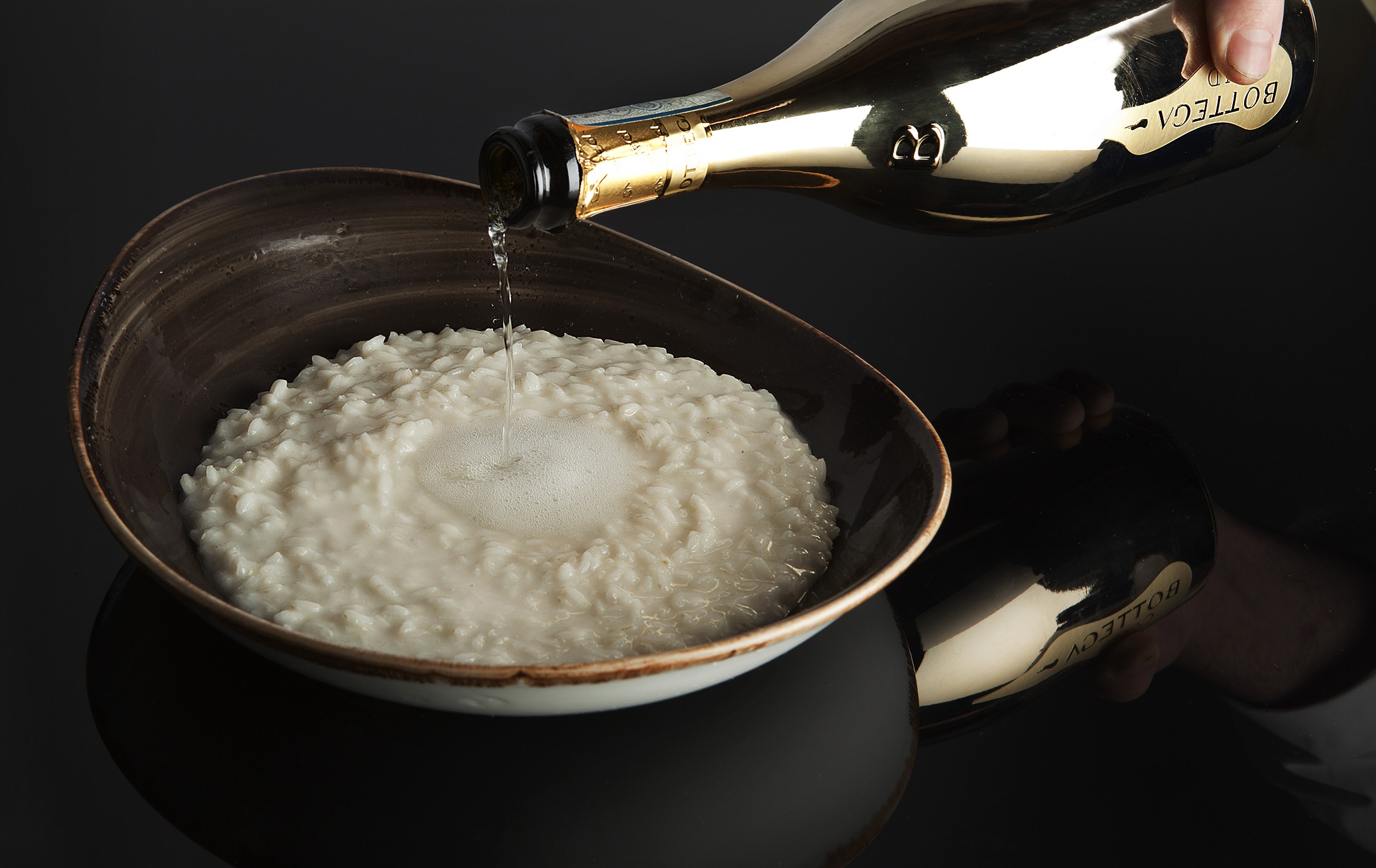Traces of 6,000-year-old wine could rewrite Italy’s winemaking history
A group of archaeologists have discovered a storage jar in Italy dating back to the Copper Age (4,000BC) containing traces of wine, dramatically predating the presumed commencement of winemaking in Italy.
Traditionally, it’s been believed that wine growing and wine production developed in Italy in the Middle Bronze Age (1300-1100 B.C.), as indicated by the discovery of seeds, ancient storage pots and the remnants of wineries.
However this latest discovery positions the start of Italy’s winemaking heritage even further back in history, indicating that the ability to make wine was acquired in at least 4,000BC – the Copper Age.
A team of archaeologists headed up by Dr Davide Tanasi, from the University of South Florida, made the discovery at a site in Monte Kronio in Agrigento, located off the southwest coast of Sicily.
Upon finding an unglazed piece of pottery at the site, the team conducted chemical analysis of residue, finding traces of tartaric acid and its sodium salt, which occur naturally in grapes and in the winemaking process. The trace elements are thought to date to 4,000BC, making the wine more than 6,000 years old.
Partner Content
According to the team, it’s very rare to determine the composition of such residue as it requires the ancient pottery to be excavated intact, which in this case it was.
This finding, published in Microchemical Journal, is significant as it’s the earliest discovery of wine residue in the entire prehistory of the Italian peninsula.
The study’s authors are now trying to determine whether the wine was red or white.





I wonder why and how it took western Europe so long to start making wine when countries in the Caucasus (Georgia specially) were making it at least 4000 years before this. The silk road provided knowledge transfer between peoples at the time. It surprises me that it took this long to replicate and develop wine making in the area.
I think you meant to write 2000 years. Evidence of viticulture and viniculture (which are different from spontaneous winemaking) dates back to 8000 years, which is why they is the phrase “The Land of 8000 Vintages” as a promotional tool in Georgia. And I am sure more evidence will come out of older winemaking in the Mediterranean area.
It’s not a question of when it started but rather of having proof of when it started. Subsequent occupations of earlier sites in West Europe have destroyed predating evidence that did not make it to our days, whereas in the Caucasus, some very early sites such as Hajji Firuz Teppe in the current Iranian territory have been preserved almost undisturbed.
I need to clear up what I wrote because Georgians are upset and misreading me and taking it to social media. I was responding to Josep Rui as he wrote that evidence in Caucasus is 4000 years before this, but Georgians themselves claim 8000 vintages, and so that would be closer to 2000 years not 4000. Luckily the Italians are making this news the nationalistic identity.
Georgia always was a part of the Mediterranean culture and western civilization. Thus the phrase – oldest land of Vintage is the same for all the countries and regions from that era and area. Wine and wine making was not only promotional thing but very important detail of lifestyle in all the regions of Georgia. So deep that grapevine ravage was the proved method used by many conquerors. So, 8000 years here or 6000 years there do not make difference at all. Interesting questions of course is – when it started but all should be about Mediterranean culture.
No surprise there, cant have good food without good wine.